Wasps come in more shapes, colors and sizes than most care to know about. You can look for them in the history books as some of the most influential pests. Surprising? They helped inspire the invention of paper. Besides history (where they seem to belong best), where should you look for wasp nests?
Overhangs
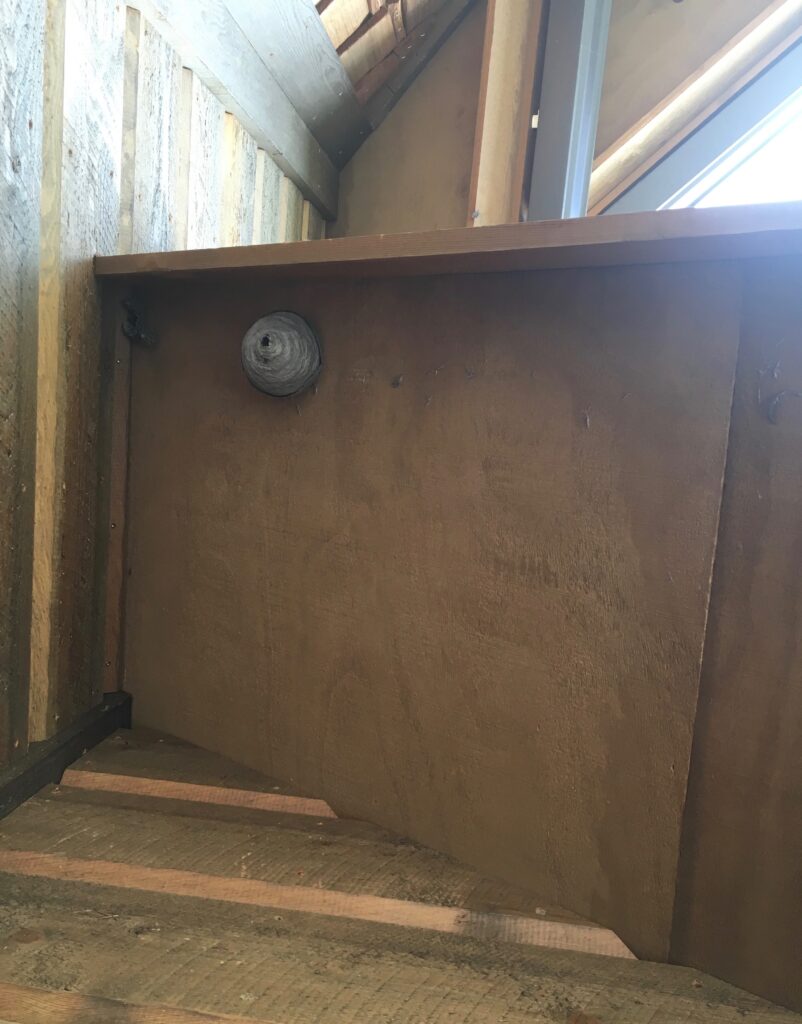
Paper wasps are some of the most common wasps in neighborhoods. They build nests that resemble an upside down umbrella. Since they are made of a paper mache type material, they are sensitive to moisture interference. In order to protect them, wasps look for overhanging items to keep them dry. Eaves and awnings are ideal spots. Look for wasp nests up under the roof, but also consider much lower overhangs.
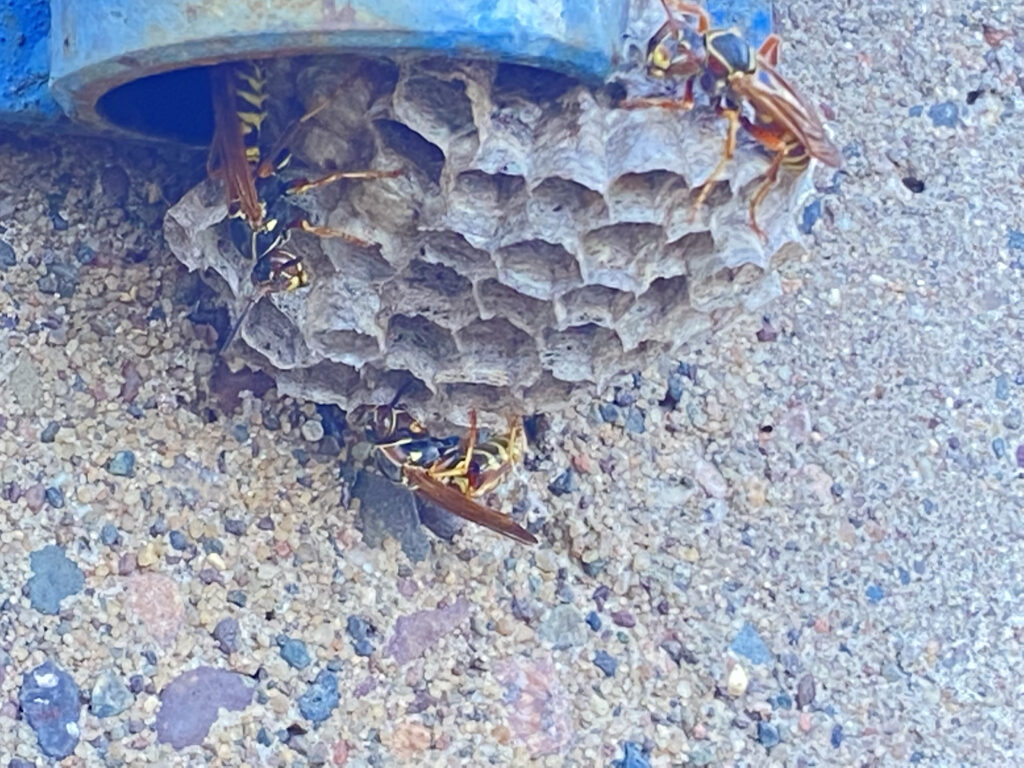
Plants
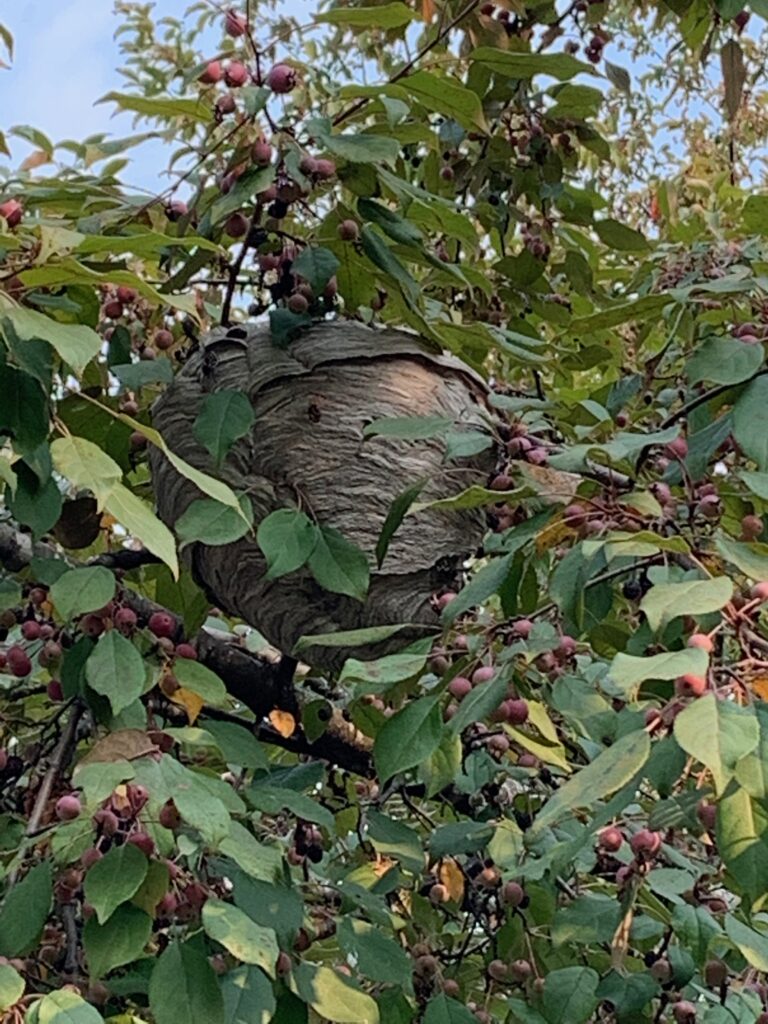
Bald faced hornets are a black and white wasp that tend to prefer building their nests into landscaping. They will have one or more upside down honeycombs like the paper wasp, but they also envelop it in a protective layer of similar material. This allows their nests to withstand some moisture and be built into harder to reach areas such as bushes, trees, and other protective landscaping elements. Look for wasp nests from bald faced hornets in the landscaping, but remember: they like houses too!
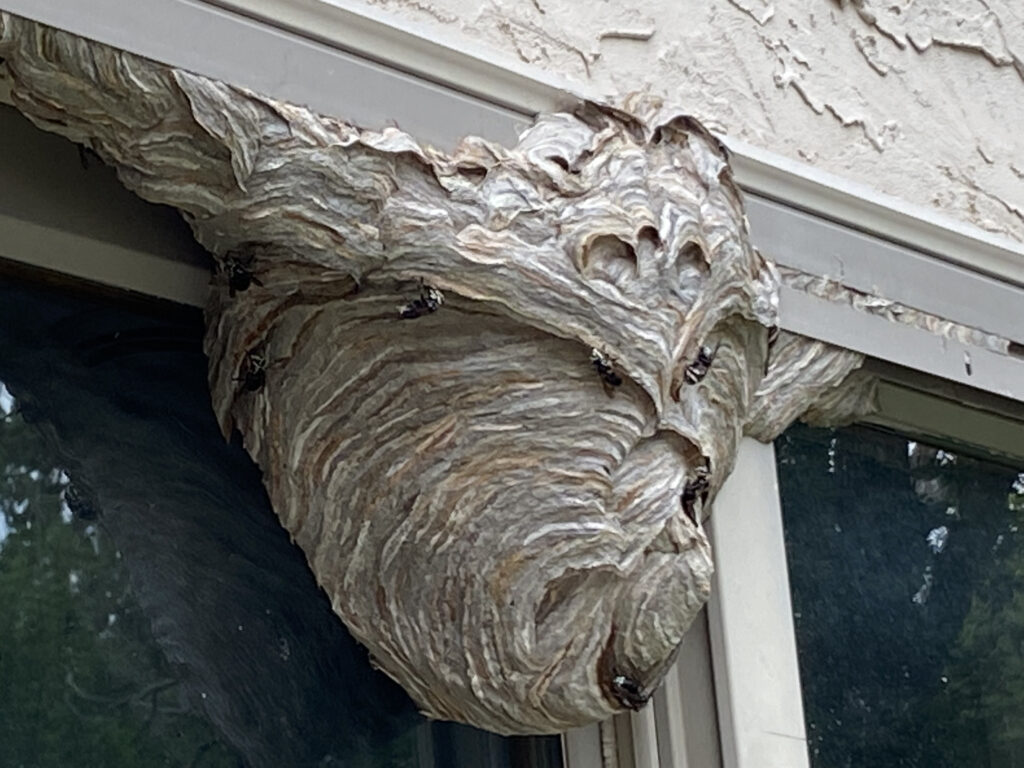
Voids

Wasps love voids. This is especially true of yellow jackets. Voids protect them and feels akin to the natural home that they build. This may be a wall void that they build in. It could also be a bird house or other decoration that wasn’t intended to house wasps. They oftentimes even take advantage of voids in vehicle construction. Some species will take advantage of rodent burrows in the ground. Seek out wasp nests in any void large or small around your property. Don’t forget to open things up.
Food Sources
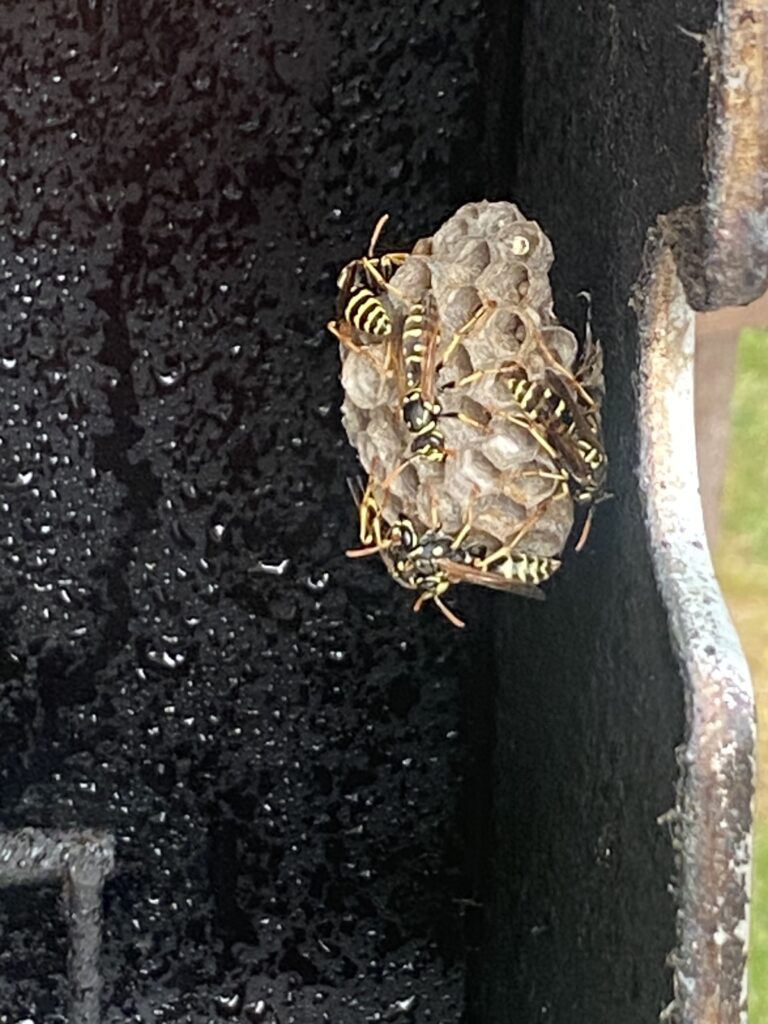
Wasps love to eat sweets. In natural biology, they exchange protein for sweet nectar with the larvae. Their natural protein sources are arthropods such as spiders or smaller insects they can sting, capture, and haul back to the nest. In urban areas, they may build their nests close to food sources like barbecue grills or dumpsters. They also like to build near decks where sugary drinks make even semi-regular appearances. Hunt for wasps where you know they may find human food or other arthropods for eating.
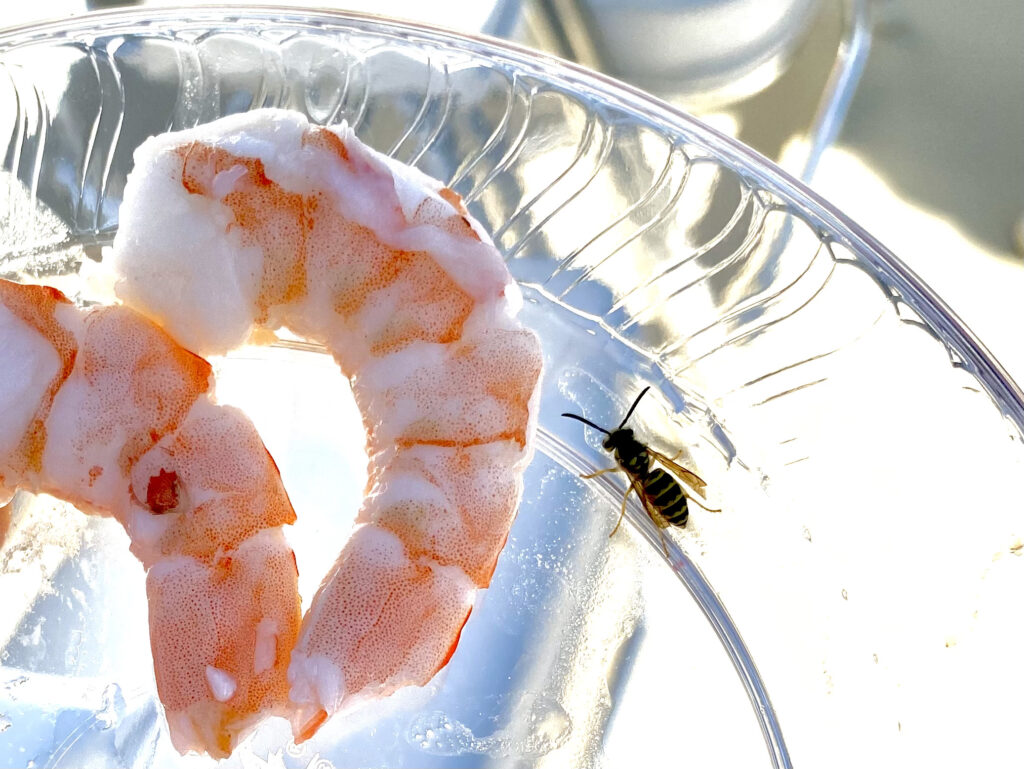
Natural Traps
Sometimes wasps simply get into areas they don’t want to be in. Some wasp traps are built off of this tendency. There are certain shapes that allow for a wasp to enter but not exit. Consider small cracks, gaps, and cones when you look for wasp nests. Some may surprise you.
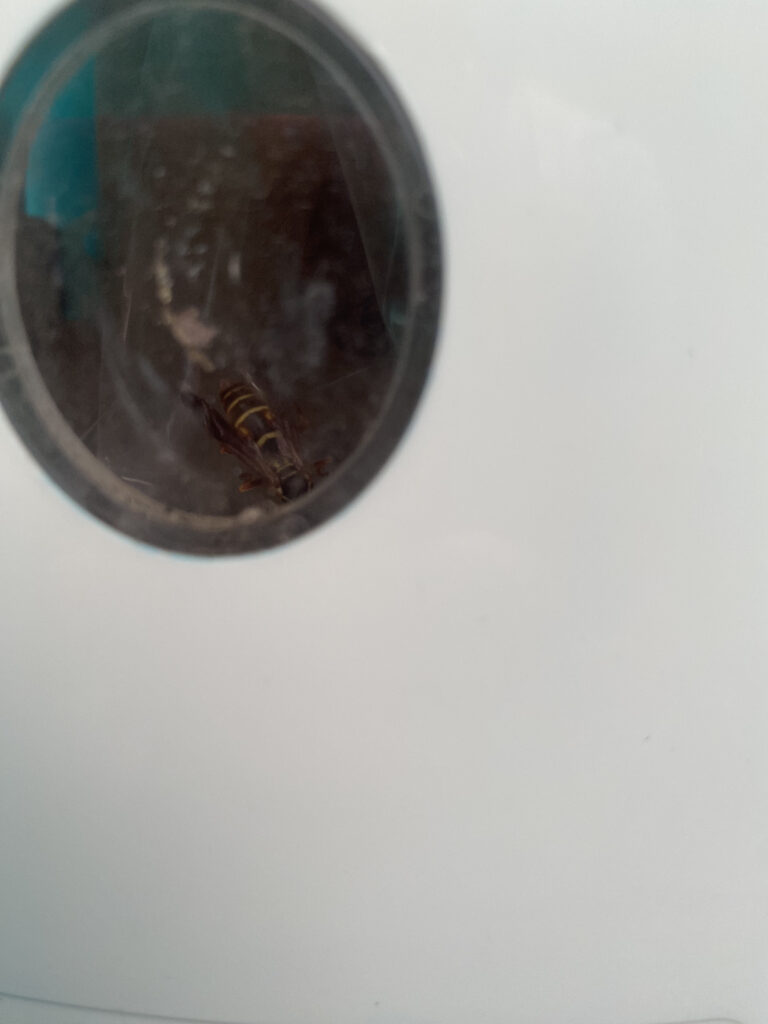
Surprise Stings
Wasps are sneaky. They also have very sharp butt ends. If they feel you are encroaching on their space or threatening their nests, they will attack. They also have the ability to signal others nearby that help in the attack is needed. Follow their lead and recruit Rove Pest Control to help you in your wasp hunt and let Rove take care of the attack.
About Rob Greer: Pest Control Expert and Industry Leader
Rob Greer, co-founder of Rove Pest Control, has a deep connection with nature, developed during his upbringing in rural Idaho where he raised horses and cattle. He began his career in pest control in 2001 to support his university studies. After earning a BS in Business Management, Rob, along with Lenny Gray and McKay Bodily, founded Rove Pest Control.
Rob has played a pivotal role in shaping the operational framework of Rove Pest Control, with a focus on personal development for team members, public health awareness, and tailoring services to meet the needs of individuals and communities.
As an Associate Certified Entomologist (ACE) and Subject Matter Expert (SME), Rob has made significant contributions to the pest control industry. He has collaborated on the Minnesota Department of Agriculture’s UMN Extension certification manual and exam development, the National Pesticide Applicator Certification Core Manual for the EPA, and the Quality Pro Customer Service Credential Task Force. His expertise has also been recognized in his testimony for the pest control industry before the Minnesota state legislature as a State Policy Affairs Representative. Currently, Rob serves as the President of the Minnesota Pest Management Association Board. Learn more about Rob Greer.